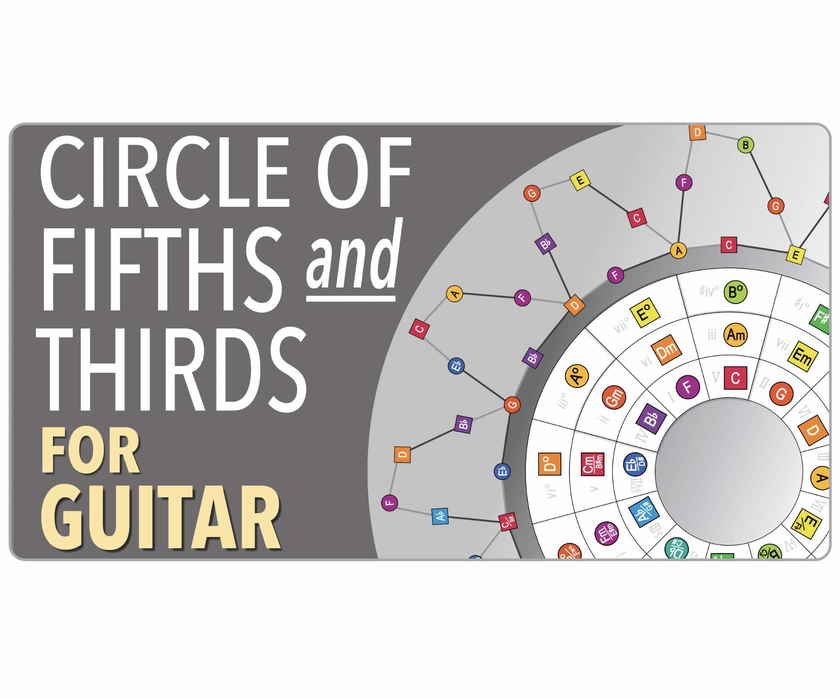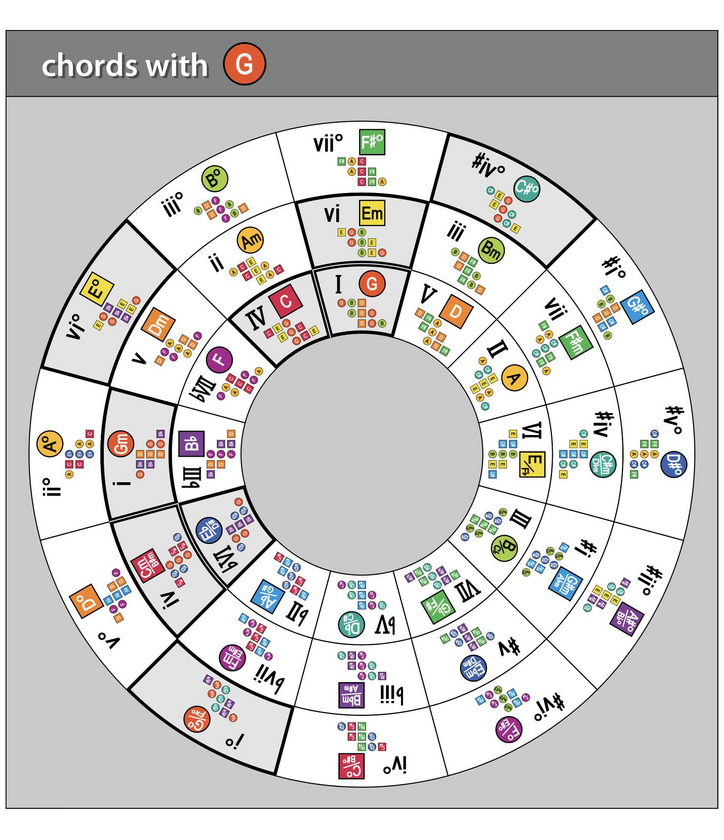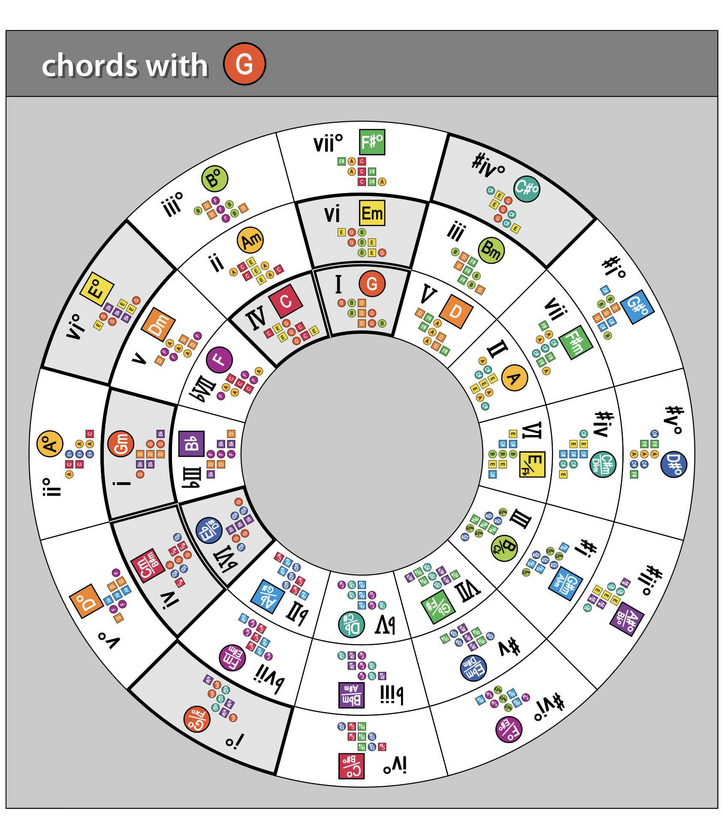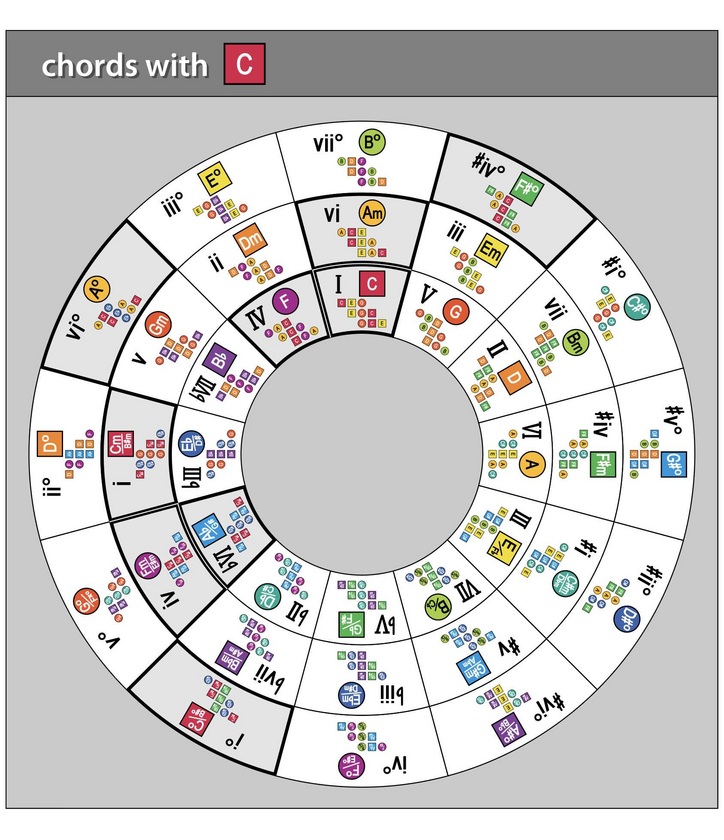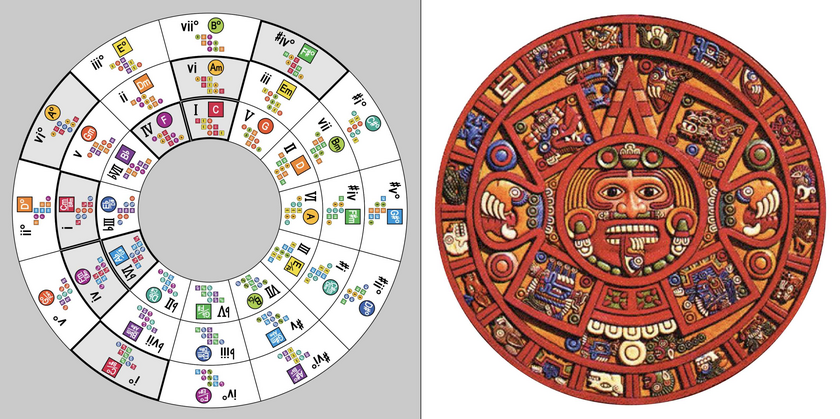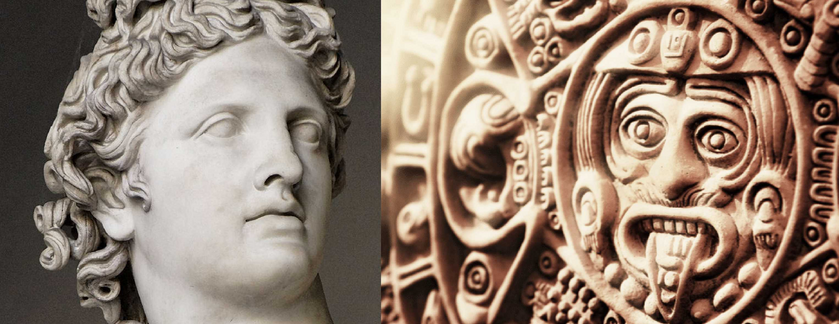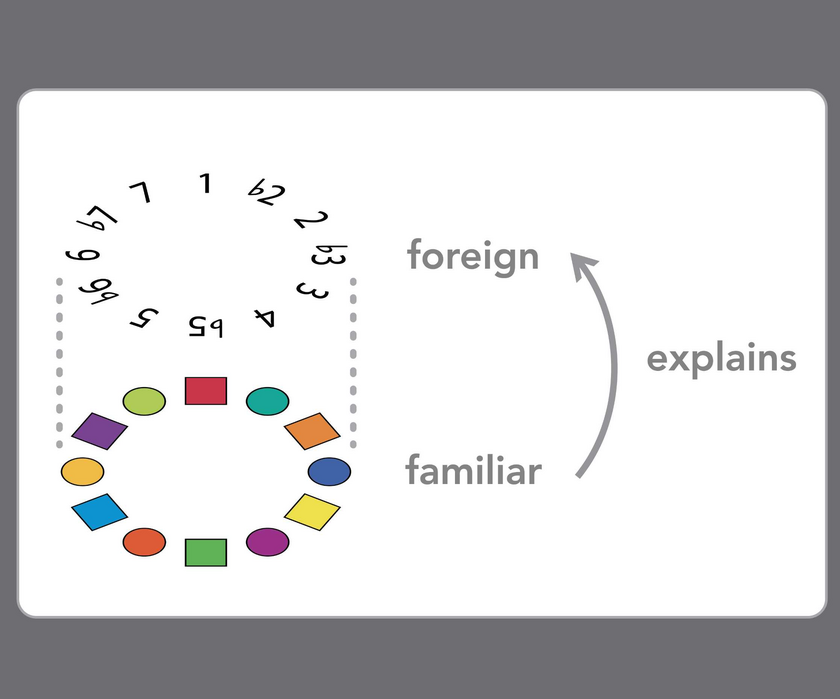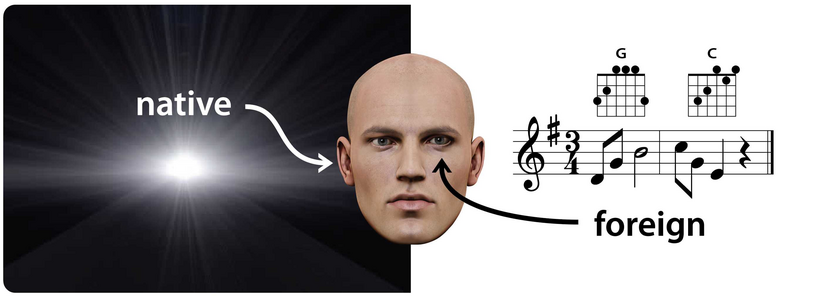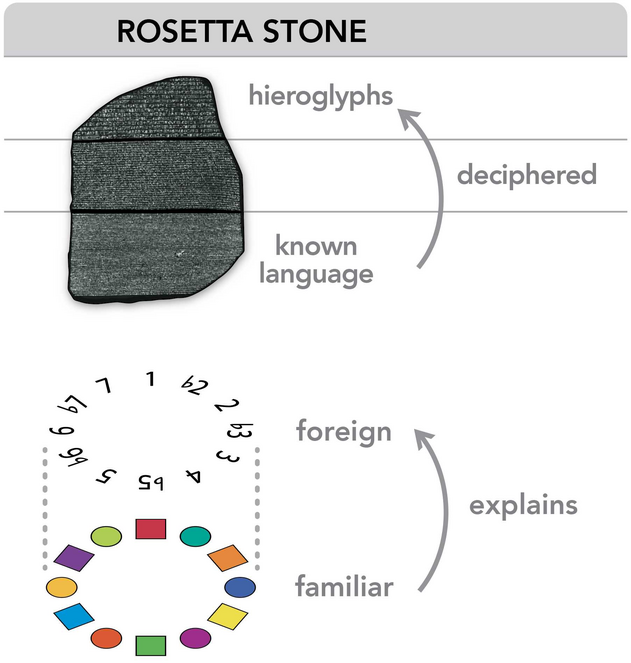Most people don't understand the Circle of Fifths or the Circle of Thirds ... which is crazy because both patterns are fundamental to songwriting. And what's more, these two patterns are intricately connected. And once you see how they work, you have superpowers as a songwriter.
As this video explains, the Circles of Fifths and Thirds each provide important insights into chords.

- The Circle of FIFTHS is more like a 10,000-foot view of all keys and modes -- helping you navigate parallel modes, using borrowed chords, and exploring modal mixture.
- The Circle of THIRDS highlights the connections between chords in a specific key and mode -- and also shows how to build extended chords.
Together, these patterns provide amazing insights into harmony.
Below are several key images from this video, for you to soak in at your own pace....

